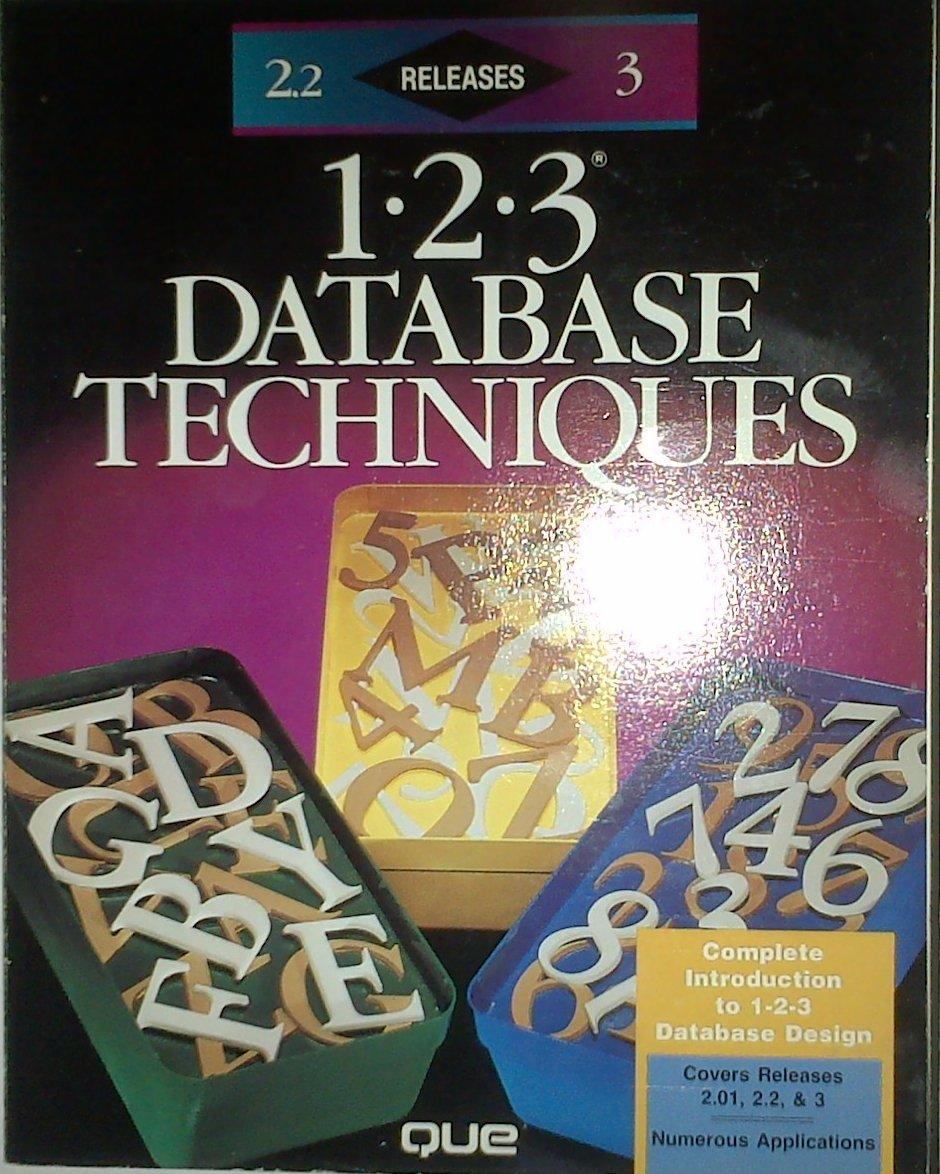Answered step by step
Verified Expert Solution
Question
1 Approved Answer
An Entity - Relationship Diagram ( ERD ) is a visual representation of the data model that shows the relationships between different entities in a
An EntityRelationship Diagram ERD is a visual representation of the data model that shows the relationships between different entities in a system. Entities are objects or concepts that have data that can be stored in a database, and relationships define how these entities interact with each other. ERDs are commonly used in database design to model the structure of a database.
Here is a basic description of the key components in an ERD:
Entities: Represented by rectangles, entities are objects or concepts in the system that have data to be stored. Examples include "Customer," "Product," or "Employee."
Attributes: Represented by ovals, attributes are the properties or characteristics of entities. For example, a "Customer" entity might have attributes such as "CustomerID," "Name," and "Email."
Relationships: Represented by lines connecting entities, relationships indicate how entities are related to each other. Common relationship types include "OnetoOne," "OnetoMany," and "ManytoMany."
Cardinality: Describes the numerical relationship between entities in a relationship. For example, in a "OnetoMany" relationship between "Author" and "Book," one author can have many books, but each book is associated with only one author.
Primary Key: Denoted by underlining an attribute, the primary key is a unique identifier for an entity. It uniquely identifies each record in the entity.
Foreign Key: Represented by an attribute in one entity that refers to the primary key in another entity. It establishes a link between the two entities.
Here's a simple textual representation of an ERD:
scss
Copy code
Customer CustomerID Name, Email
Orders OrderID OrderDate, TotalAmount
Payments PaymentID PaymentDate, Amount
Product ProductID ProductName, UnitPrice
OrderDetails OrderDetailID Quantity
In this example, there are two entities: "Customer" and "Product." The "Orders" entity has a relationship with "Customer," and the "OrderDetails" entity has relationships with both "Orders" and "Product." This illustrates how entities are related in a basic sales system.
Note: The actual structure of an ERD can vary based on the specific requirements of a system or database. Complex systems may involve more entities, relationships, and attributes.
Step by Step Solution
There are 3 Steps involved in it
Step: 1

Get Instant Access to Expert-Tailored Solutions
See step-by-step solutions with expert insights and AI powered tools for academic success
Step: 2

Step: 3

Ace Your Homework with AI
Get the answers you need in no time with our AI-driven, step-by-step assistance
Get Started


